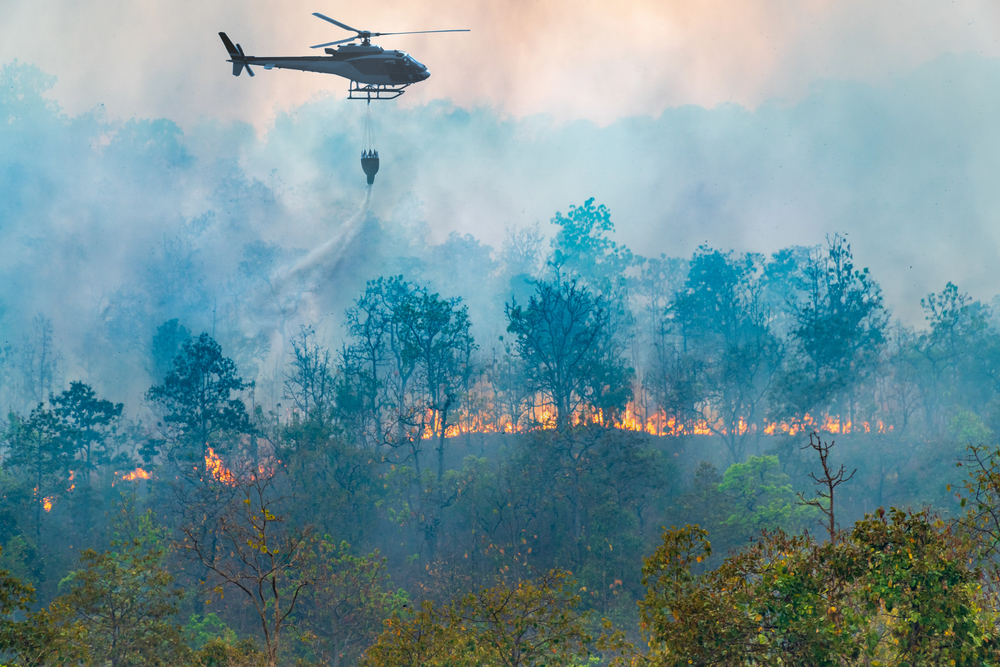As Hurricane Florence Stalled, Uninsured Losses Surged

By: Will Jones
When Hurricane Florence rolled across the Atlantic towards the East Coast, it looked like would be one of the worst storms in U.S. history.
Despite steady downgrades from what was nearly a Category 5 to a Category 1 storm, Florence stalled as it made landfall, dumping massive proportions of rain onto the Carolinas.
While the wind damage was relatively small, the flooding that resulted from as much as 35 inches of rainfall and over 10-foot storm surges devastated communities both inland and on the coast.
CoreLogic places flood losses for residential and commercial properties in North Carolina, South Carolina and Virginia between $19 billion and $28.5 billion. But even more shocking is CoreLogic’s estimate that uninsured flood losses for the region total between $13 billion and $18.5 billion—and that approximately 85% of residential losses were uninsured.
“I have a couple people in the flood situation or the wind situation where they chose not to have flood or wind coverage, so they were looking to FEMA for help,” says Rodney Kemp, claims manager, Chalk and Gibbs, Inc. in Morehead City, North Carolina. “I had to write letters to them saying I couldn’t file a claim because they didn’t have flood coverage.”
As a result of the record storm surge from Florence, flooding extended well beyond FEMA’s designated Special Flood Hazard Areas into territories where purchasing flood insurance is not mandatory.
“I saw a few cases where clients didn’t have flood insurance because they just never thought they’d flood,” says Steve Chalk, principal, Chalk and Gibbs, Inc. “They had nine feet of water, and I don’t think that’s ever happened before. The storm surge pushed water up to record levels.”
But it’s not just complacency or surprise levels of rain which caused jaw-dropping levels of uninsured losses. “It’s affordability for a lot of people,” Chalk says. “Some just literally cannot afford flood insurance where they live.”
And those who had no flood insurance when they were hit by Hurricane Matthew two years ago and didn’t purchase a policy in the meantime will be the hardest hit.
“To get FEMA support through certain grants, you’re required to take out flood insurance. If you didn’t take out flood insurance, you will not be eligible for support in the future,” says Owen Thomas, agent, senior account executive, Dial Insurance in Lumberton, North Carolina. “This is the second time we’ve dealt with this in less than two years, and the sad part about it is that the same areas have been devastated again.”
Recently, Congress passed a new law aimed at improving America’s approach to disaster resilience. Included in larger legislation to reauthorize the Federal Aviation Administration, the Disaster Recovery Reform Act includes $1.68 billion for Hurricane Florence disaster relief and requires FEMA to submit a report to Congress containing information on when self-insurance amounts have been insufficient to address flood damages in the wake of a disaster.
CoreLogic estimates total insured flood losses from Florence to be between $6 and $10 billion, with losses covered by the NFIP accounting for between $2 billion and $5 billion of that total. But unless Congress acts, the NFIP will expire at the end of November.
“This year’s storms, as well as last year’s storms, have made it abundantly clear that not enough people have flood insurance,” says Charles Symington, Big “I” senior vice president for external, industry and government affairs. “Property owners with insurance recover faster, period. The Big “I” will continue to work with Congress, FEMA, state insurance regulators and the private insurance market to drive public policy initiatives that will help close the insurance gap in the U.S.”
Look out for next week’s News & Views e-newsletter for four customer service preparedness tips from Big “I” members who fought the tide of Hurricane Florence in North Carolina.
Will Jones is IA assistant editor.










